Romanian Waldorf schools are well above average
Surrounded by peoples speaking Hungarian and Slavic languages, Romania with its own language forms a linguistic island in the far eastern part of Europe. Since the First World War Romania is a multi-ethnic state with Slavic, Bulgarian, Turkish and Hungarian influences. With about 20.1 million inhabitants, Romania has the seventh largest population of all EU Member States. Waldorf education came to the country right after the fall of the Iron Curtain.
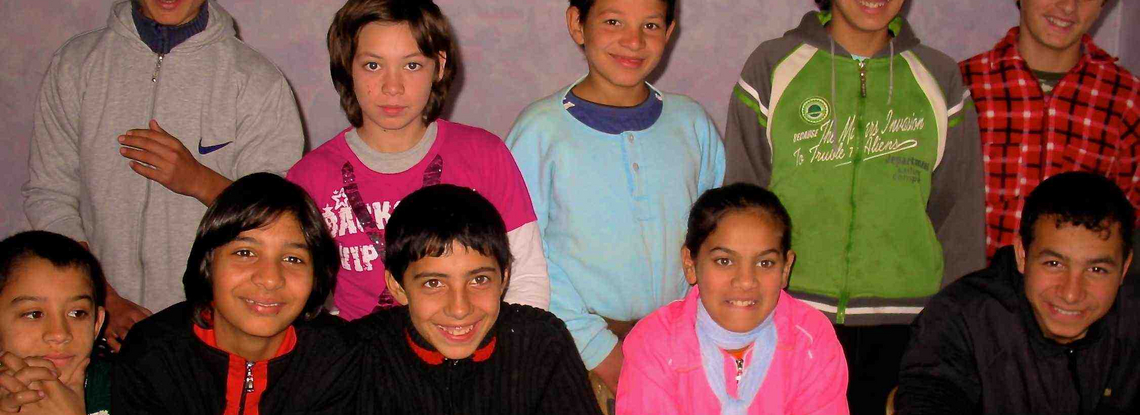
Already in January 1990 a group of Germans and Romanians living in exile travelled to Romania to organise a number of public conferences on Waldorf education. Surprisingly they encountered a lot of openness by government representatives towards Waldorf education and during the first meeting the Minister of Education at the time said: “Rudolf Steiner is known to me. I am glad that you wish to bring Waldorf education to Romania.” In the following years the Ministry of Education became an important supporter for the development of Waldorf education in Romania.
Today there are 88 Waldorf classes and 55 Waldorf kindergarten groups in 25 locations. In total about 3000 students and 250 teachers are part of the Romanian Waldorf movement. The majority of facilities are schools or kindergartens within the public school system. In fact, more and more parents are sending their children to Waldorf schools and the Federatia Waldorf din România, the Romanian Association, receives more and more requests to open new Waldorf initiatives in cities large and small. Furthermore Waldorf students also achieve good results in the mandatory national examinations.
As a consequence of the 2012 elections the political power of the ruling Social-Liberal Union was reinforced in Romania. Due to the unclear and inconsistently articulated education legislation, the development of Waldorf education differs from place to place. In the big cities (Bucharest, Cluj-Napoca, Iasi, Timisoara) enrolment numbers are increasing, whereas Waldorf schools struggle to survive in other regions (Turda, Resita).
For the future there are a still a number of hurdles to master for the Romanian Waldorf movement. First, the schools suffer from the economic crisis and are only able to pay low teacher salaries. Second, there are some schools with a lack of space, which calls for a greater investment, for which there are no funds. And finally, there is currently no teacher-training seminar for Waldorf teachers.
In 2011 the newspaper “Romania Libera” reported that Waldorf schools in Romania are far above the national average. Only 44% of students in the country managed to pass the baccalaureate exam at their first attempt, while at Waldorf schools in Timisoara, Iasi and Bucharest, far more than three-quarters of the students managed to pass immediately. Examination results are certainly not the main concern of Waldorf education, but they provide positive feedback to the Romanian Waldorf schools, which are still working under difficult circumstances.
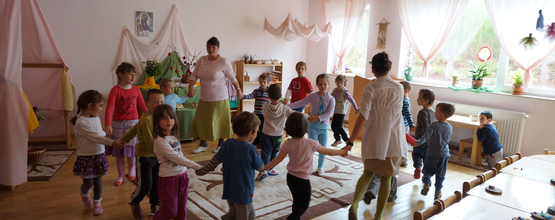
Cluj-Napoca
Romania: In 2012, the Cluj-Napoca Waldorf School celebrated its 20th anniversary. Cluj-Napoca is located in western Transylvania by the river Someșul Mic in…
Learn more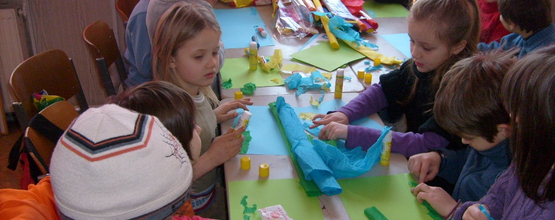
Iasi
In 1991, the Waldorf school in Iasi was founded in northeastern Romania by dedicated parents. This year all, that is 100 percent of the students, successfully…
Learn more
Rosia
Romania: The Hans Spalinger Waldorf School is located in the heart of Romania, in a small village called Rosia in Transylvania. In Romania, there are villages…
Learn more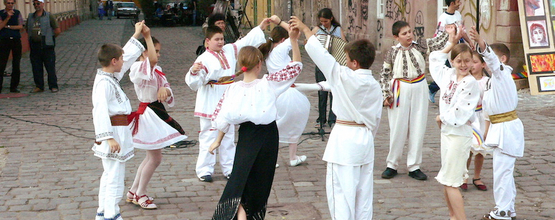
Timisoara
Timisoara is the social, economic and cultural centre in the western part of Romania, located in the historical region of Banat, and starting point of what…
Learn more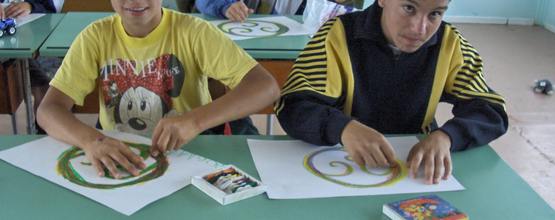
Association CE
In 1990 the work of curative education started in Romania. Today there are successfully working several centers – and more and more people become aware of…
Learn more